Top 10 Recycled Mobile Phones Of 2008
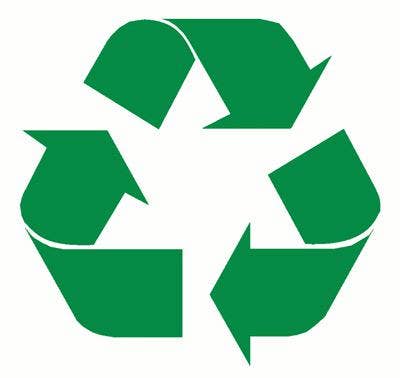
Wireless technology becomes outdated pretty quickly. Consumers ditch cell phones at a rapid clip, discarding their old devices for new ones that pack in more features and functions. Problem is, the phones they're getting rid of still work just fine. Maybe it's a sign of our need for instant gratification that is leading folks to leave their working devices behind for the latest and greatest models. Devices that worked perfectly just months ago are being tossed aside for shiny new handhelds.
For the first time, ReCellular, an electronics-sustainability firm that offers solutions for collecting, reusing and recycling personal electronics, has compiled a list of the top 10 recycled mobile phones of 2008. The list features devices that span from 2004 to 2006. According to ReCellular, the company is on track to collect 6 million devices for reuse and recycling by the end of the year.
"Three years ago, the most popular trends were ultra-compact handsets and the first entry-level camera phones," said Chuck Newman, CEO of ReCellular, in a statement. "Today, those phones are being retired in large quantities as consumers are moving toward newer technologies, especially smartphones and multimedia-enabled handsets."
ReCellular also estimates that some of today's best-selling devices -- like the Apple iPhone and the BlackBerry Curve -- will start appearing on the recycled list in 2009 or 2010.
"The average American replaces their cell phone every 18 months, which is a great challenge and opportunity," said Newman. "The challenge is there are over 130 million phones retired every year, potentially creating 65,000 tons of dangerous electronics waste. "The opportunity is diverting that waste through increased reuse and recycling efforts," he continued. "Most discarded phones are still functional, and are ideally suited for reconditioning and reuse to meet the global demand for affordable, functional handsets."
Here is ReCellular's list of the top 10 recycled mobile phones of 2008.
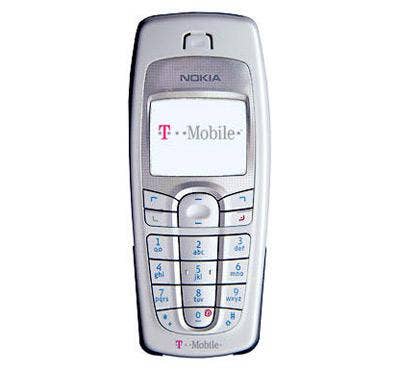
The Nokia 6010, which debuted in 2004, was considered by many an entry-level device. It featured the Nokia Series 40 96 by 65 resolution color interface and worked on North America's GSM-1900 and GSM-850 networks, using GPRS for data transmission. It also supported SMS and MMS messaging and tied in an instant messaging client for AIM.
The brick-form factor device could offer up to 5.8 hours of talk time and 240 hours of standby time. It weighed in at 3.92 ounces and measured 4.68 inches x 1.97 inches x 0.9 inches.
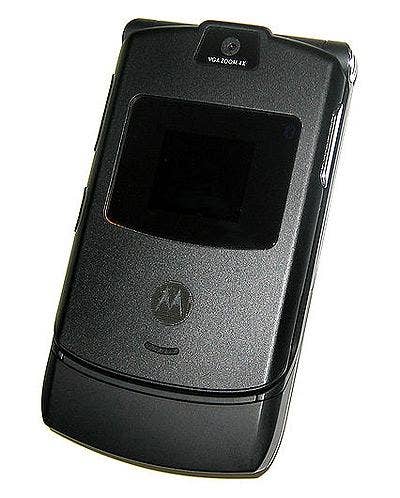
Once the highest-selling cellular phone, the Motorola RAZR V3 is finding its way to recycle bins and junk drawers nationwide as device users upgrade to something a little flashier and a little less flimsy.
The Motorola RAZR V3 made its public debut in 2004 and quickly became a fashion forward device, known for its iconic flip form factor and thin profile. Worldwide, the RAZR has shipped more than 100 million units and was recently bumped from the top spot on the best-sellers list by the Apple iPhone.
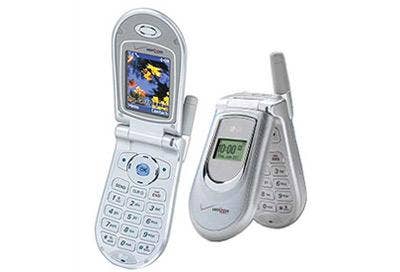
The dual-band LG VX4500 made its debut in 2004 as the mid-range successor to LG's popular 4400. The clamshell handheld offered speakerphone, advanced voice control, dual displays, BREW, 1xRTT high-speed data and polyphonic ringtones.
It weighed in at 3.7 ounces and measured 3.46 inches x 1.92 inches x 0.94 inches. The LG VX4500 offered 3.3 hours of talk time and 165 hours of standby time and featured a 120 x 160 resolution color LCD screen.
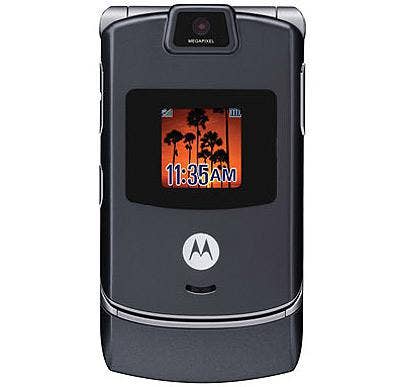
Making its second appearance on the list of the top 10 recycled mobile devices of 2008 is the Motorola RAZR. This time, it's the updated RAZR V3M, which launched in 2006. The V3M hit two years after the original RAZR V3 and was billed as the thinnest multimedia phone for the CDMA network. The clamshell offered a large color screen and EVDO technology and came with an integrated music player, over-the-air music downloading and up to 1 GB of removable memory.
The V3M offered a 1.3 megapixel camera with four times zoom, video capture, playback and streaming, and enabled images to be shared via MMS messaging. It also offered Bluetooth connectivity and speaker-independent name and digit dialing. The RAZR V3M offered a 2.2-inch 65,000 TFT color main display and 65,000 CSTN color support on the external display.
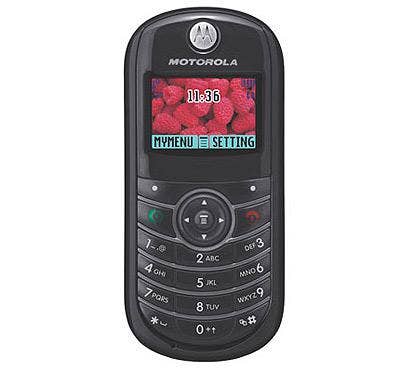
The Motorola C139 hit stores in 2006 and promised a "chic candybar handset with a vibrant color display at an affordable price." The handheld offered up to 700 minutes of talk time and 450 hours of standby time, and integrated daily and weekly calendars, a calculator, a currency converter and a stopwatch. It also came with pre-loaded games, downloadable ringtones and a ringtone composer.
The Motorola C139 featured SMS messaging with iTAP predictive text, a vivid color TFT display, zoom font for easy dialing, a 100-entry phone book and a lantern for illumination.
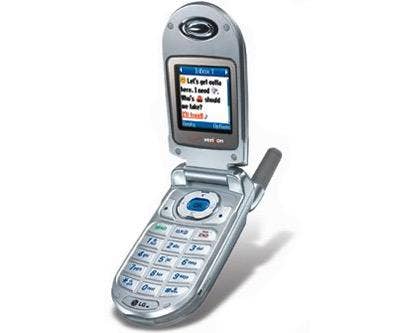
The LG VX3200, which debuted in 2004, offered a lightweight and sleek device chock-full of standard features. It offered EMS capabilities, an internal color LCD, speakerphone and voice activated dialing. It also let users customize their device with a selection of wallpapers, theme colors and ringtones in CMX MIDI sound.
The compact clamshell measured 3.35 inches x 1.81 inches x 0.92 inches and weighed 3.53 ounces. It offered 3.3 hours of talk time and 180 hours of standby time. The color LCD screen had 128 x 128 resolution.
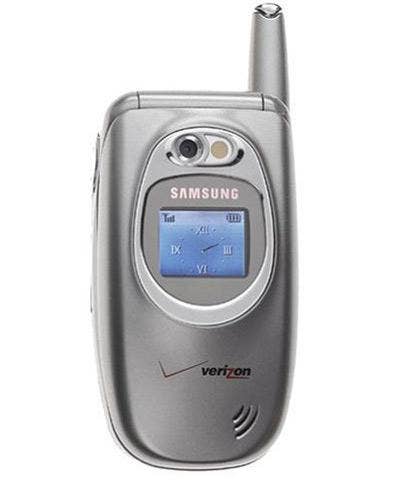
Samsung hit the market in 2004 with the A670, a dual-band CDMA camera phone that featured dual color displays, a flash and video recording. It also offered high-speed data connectivity over 1xRTT and featured other services like MMS, voice dialing, call screening and voice memo recording.
The Samsung A670, which offered 32 MB of memory, weighed in at 3.8 ounces and measured 3.26 inches x 1.81 inches x 0.93 inches. The clamshell offered 2.9 hours of talk time and 168 hours of standby and featured a color LCD display with 128 x 160 resolution.
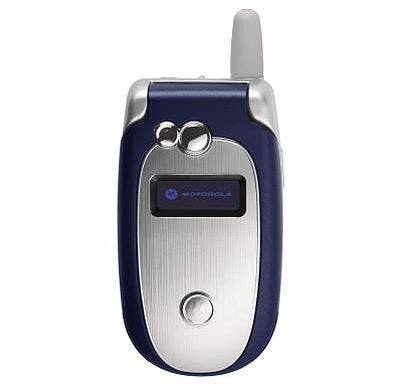
Motorola's fourth entry on the list of recycled devices in 2008 is the Motorola V551, which made its debut in 2004. Motorola's update to the V500, the V551 added EDGE data and video capture. It also featured quad-band GSM, Bluetooth connectivity, a VGA camera and a large color display. The device also added new features like MP3 ringtones, e-mail and SyncML.
The V551 measured 3.5 inches x 1.93 inches x 0.97 inches and weighed in at 4.23 ounces. The clamshell featured an LCD color screen with 176 x 220 resolution and offered 3.8 hours of talk time and 225 hours of standby.
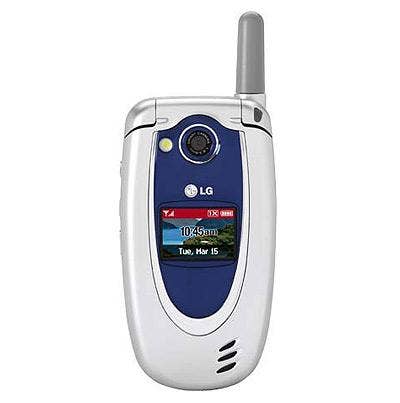
The LG VX5200, released by Verizon Wireless in 2005, was a trademark LG clamshell featuring an integrated VGA camera, speaker-independent voice recognition and LG's hands-free drive mode for use in the car. It also tied in extras like BREW gaming and MMS.
Both the internal and external LCD screens offered full color. The VGA camera offered flash and two times digital zoom and the device offered customizable brightness, white balance, shutter sound and color effects.
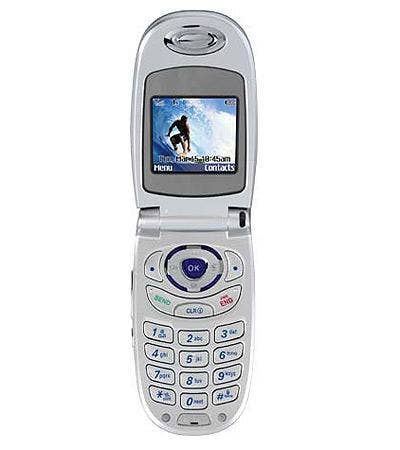
Along with Motorola, LG also had five cellular phones on ReCellular's list of top 10 recycled devices of 2008. LG's upgrade to the VX3200, the LG VX3300, made its debut in 2005. The big difference was the addition of changeable outer faceplates. Overall, however, the other features of the VX3300 were similar to the VX3200, including the color display, speakerphone and EMS.
The VX3300 was also a slight bit smaller than its predecessor, clocking in at 2.82 ounces and 3.3 inches x 1.8 inches x 0.9 inches. Keeping the clamshell theme from the rest of LG's VX line, the VX3300 offered 3 hours of talk time and 165 hours of standby time. The color LCD screen offered 128 x 128 resolution and the device offered 8 MB of internal memory.